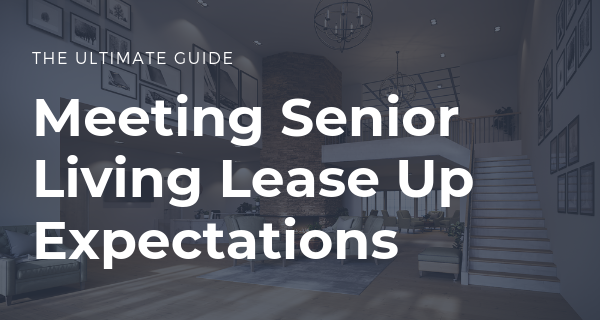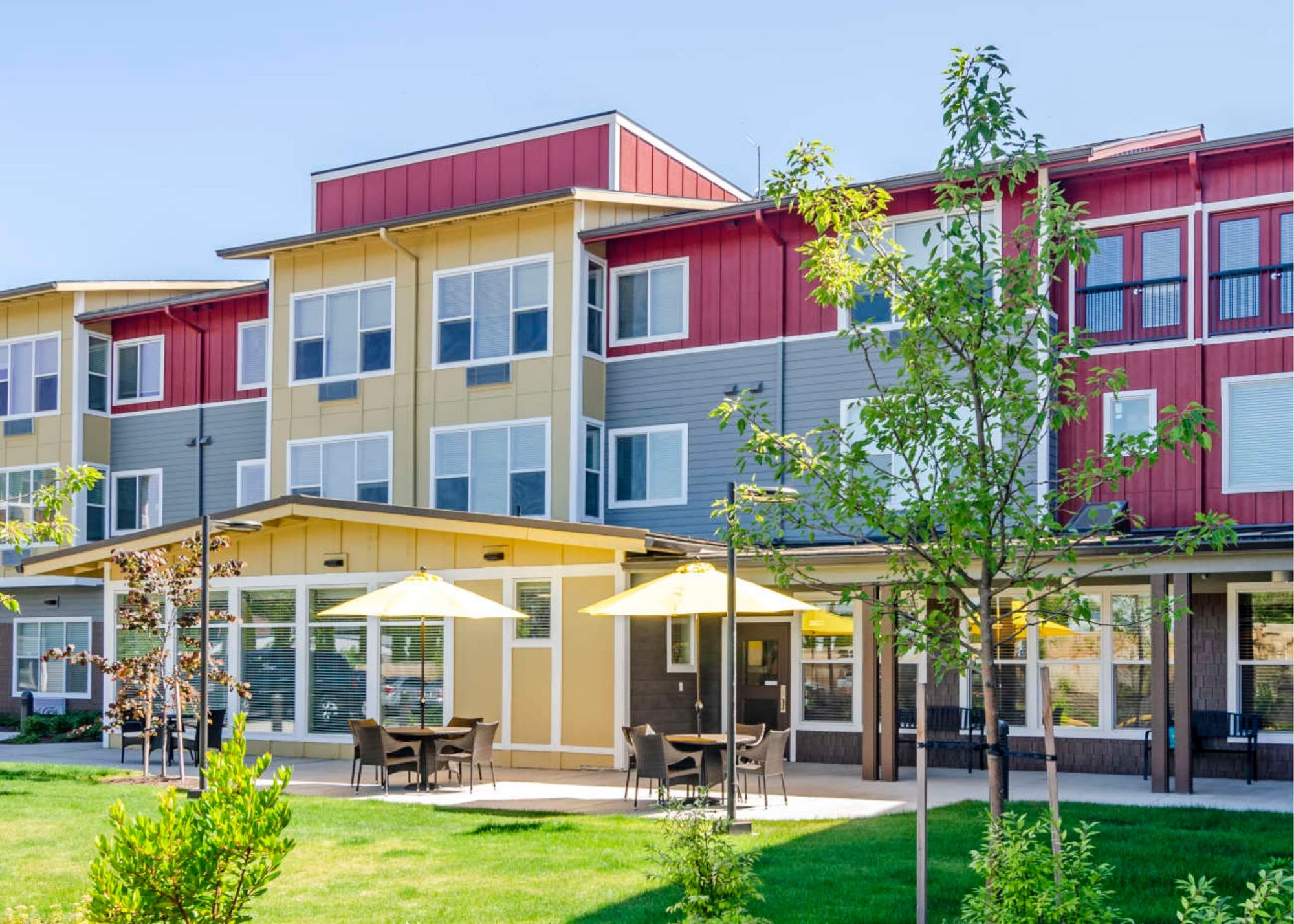Senior Living Marketing Ideas to Meet Lease Up Expectations
Senior living developments are on the rise — literally—and with that increase, comes even more senior living sales. Senior living high-rises,...
3 min read
 McKenna Hogan
:
Aug 13, 2019 9:00:00 AM
McKenna Hogan
:
Aug 13, 2019 9:00:00 AM

“In late 2016, about 45 assisted living units went online every day. However, occupancy over that period hit a 6-year low.”
This research, conducted by SeniorVu, perfectly demonstrates the challenges that have arisen over the past decade in regards to senior living communities and visibility—or lack thereof. As an increasing amount of communities vie for the spotlight, differentiating themselves has become a challenging task.
So how exactly can your senior living community stand out? Figure out the best strategy for your community based on consumer needs and what it has to offer.
It could be for memory care, LGBTQ, veteran homes, or even local alumni. Depending on what or if a community has a focus, it should definitely play to your advantage.
That being said, all good real estate should utilize Google My Business as an easy and effective way for seniors and their families to search for homes. This is especially noteworthy for specialty/affinity group communities since Google searches will be more focused.
More interaction with a website can help it rank higher on Google, therefore leading more prospects to your unique site.
In addition, potential prospects would love to be able to see how the community differs as well. Having up-to-date photography at the top of business listings will make it easier to discover your site, and show right off the bat how your community differs from surrounding options.
Linkmedia360 says it best, no one opts-in for a bait and switch scenario, so take control of your senior living community’s perception.
On-site services like transportation, facility specialists, events, and on-site retail are starting to become more readily available-and expected-in senior living. For communities that provide these services, it bodes in their favor to highlight these points in marketing and sales efforts.
With 87% of adults ages 65+ wanting to stay in their current homes as they age, highlighting exciting or beneficial services that aren’t always seen in communities could aid in peaking interest in seniors. And there’s no better way to show off these services than a 360 virtual tour.
Virtual tours are excellent at three things: engagement, transparency and convenience.
For senior living communities, these benefits are essential in connecting to potential prospects in a meaningful way. And with the overwhelmingly large amount of seniors opting to stay within their communities, this sales tool has all the right ingredients to peak interest.
But hold on, virtual tours aren’t just for communities with a 5-star hair salon and an on-site massage therapist; they’re for any and all senior living communities looking to up their online presence.. Considering that competitors are only open for a set amount of hours, a virtual tour gives that 24-hour competitive edge.
Aside from the general convenience of virtual tours, they do a lot more for senior living communities than one might think. Below is a list of some areas that virtual tours cater to:
According to SeniorVu, “Facilities that can show prospective residents and their families direct benefits from technology-based uses will have a marketing advantage.”
And if that isn’t enough reason to jump on the digital bandwagon, consider the fact that virtual tours on listings increase interest by 100%. So whether your community is active, independent living, assisted living or memory care,, virtual tours will without a doubt help you stand out.
As mentioned earlier, senior living communities are popping up left and right. With the likely chance that they aren’t built and ready to go in a day, many communities will have to pre-lease.
That being said, there’s no better way to do so than by leveraging photorealistic 3D renderings that fully immerse prospective residents in your development. What this does for communities in development is allow consumers to tour a model unit from a laptop or mobile device. before they’re able to view it in person. Not only does this drive conversions during the crucial lease-up phase, you remain competitive with established communities.
But what about renovations? If a community has recently knocked down walls and reconfigured units, you can bet there are plenty of empty units that need to be filled. Virtual staging, in short, allows senior housing providers to fill empty models with renderings of furniture and other amenities to save time, money and boost marketing and sales.
So how can this help your senior living community?
For seniors, comfortability and personal connection are extremely important in the decision making process. In fact, 81% of prospects find it easier to visualize the property as their future home when staged. This can shorten the sales cycle and differentiate a community in a positive way.
Additionally, studies have shown that virtual staging has proven to increase interest and consumer interaction.
Because demand for senior living has increased approximately 3% yearly, and older adults’ online searches grew by 15%, it’s important to make the most of in everyone’s favor to make the most of digital marketing opportunities available. Whether it’s a virtual tour, Google My Business, up-to-date photos, or 3D renderings - leveraging this type of content and technology has proven to boost everything from click-through-rate all the way to direction inquiries and calls.
So although dozens of senior living communities are popping up left and right, those with up to date content will without a doubt be the most marketable.
To start your digital transition, click here to learn more.

Senior living developments are on the rise — literally—and with that increase, comes even more senior living sales. Senior living high-rises,...

With so many senior housing communities to choose from, it can be difficult for prospective residents to narrow down their options. However, with the...

With the ongoing construction boom in senior living, keeping up with lease up demands and making sure occupancy rates are met are just some of the...